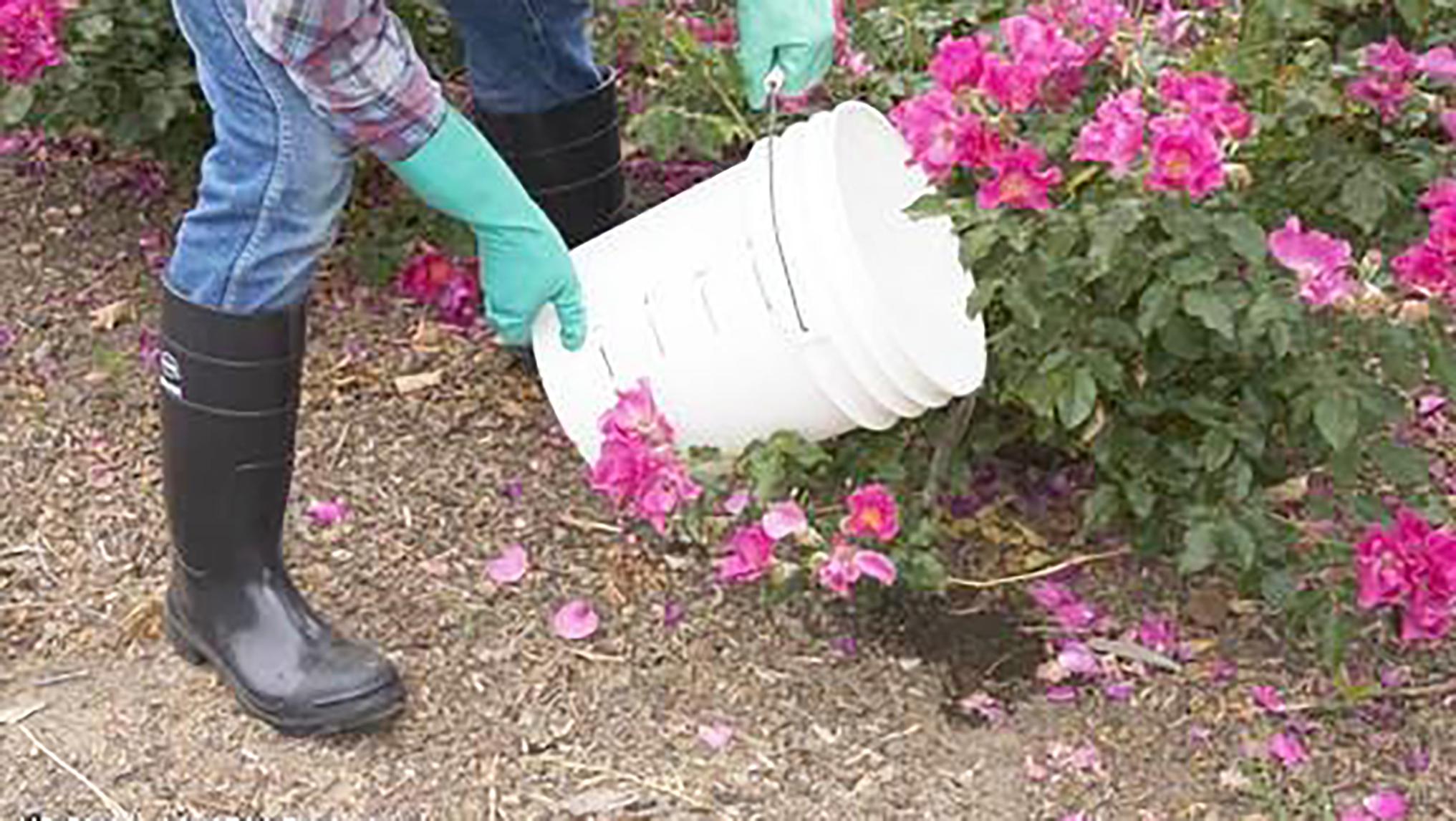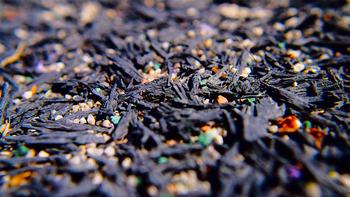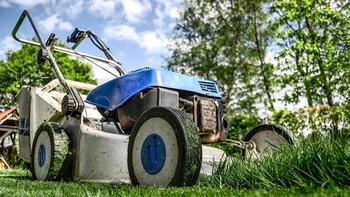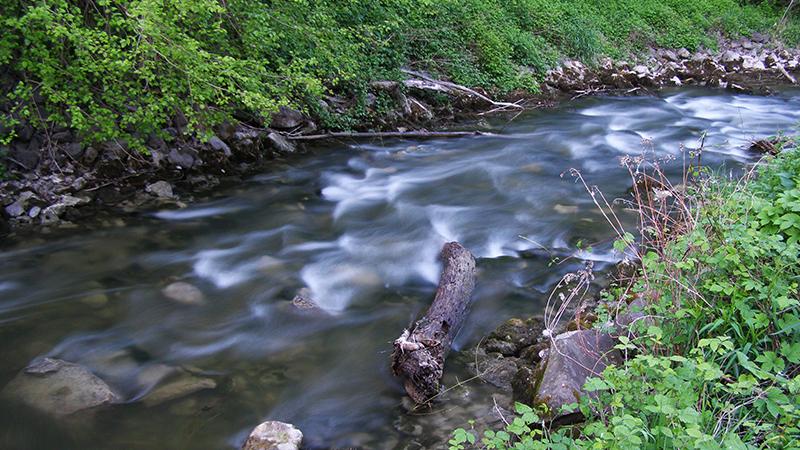Reducing Harmful Chemicals in the Garden

There are many different chemicals available for use in the garden. Unfortunately, these chemicals may contaminate soil, water, and air and may even harm plants, pets, and people. Further, these chemicals don’t always stay put in the garden: they can soak into soil, contaminate groundwater and surface streams, and drift through the air. Please be aware that the materials you use in your garden may end up in in your neighbor’s yard, in local creeks, and in the bay.
What kind of chemicals are of concern? Mainly synthetic (man-made) fertilizers and pesticides (including herbicides). Other sources that may pose chemical hazards include dyed mulch made from processed wood or shredded tires, and gasoline.
Fertilizers: These are the nutrients (chemical elements) taken in by plants that are essential for their growth and development. The nitrogen and phosphorus in chemical fertilizers, if not fully used by plants, wash into our waterways during rain events. Known as nutrient pollution or eutrophication, too much nitrogen and phosphorus in water causes algae to grow faster than ecosystems can manage and may result in death of animal life from lack of oxygen.
Pesticides: Any material used to control, prevent, kill, suppress, or repel pests is a pesticide. There are many different types, each focused on the group of pests they are designed to control. Pesticides and other contaminants that get into the natural environment can affect plants and animals. Pesticides that are bound to soil particles may be carried into streams with runoff, travel many miles in the wind, and be absorbed by plants through roots or leaves. Animals can be exposed to pesticides directly by breathing them in, getting the pesticides on their skin, or eating them. And some pesticides last a long time in the environment and may pose risks to living things many years after they were last used.
Before using any pesticide:
- Confirm the selected pesticide will target the pest.
- Become knowledgeable about the pesticide you choose to use.
- Read the product label carefully.
- Learn how to use the product correctly.
- Understand the potential environmental hazard associated with the product.
- Know what to do in the event of accidental poisoning, exposure, or a spill.
Combination fertilizer / pesticide products:
Lawn care products
Weed and feed products contain an herbicide and a fertilizer. They are usually applied across the entire surface of the lawn. Tiny particles contain fertilizer and weed killer that slowly break down releasing the chemicals. For a period of time after application, the pesticides used on lawns can inadvertently be ingested by pets or children.
Multi-purpose products
“All in one” type flower, fruit, and vegetable care products contain chemical fertilizers and systemic pesticides – those that circulate through the plant to prevent disease or kill any pest that may consume it. Designed for the gardener’s convenience, multi-purpose products add unnecessary pesticides to your garden whether you need it or not.
Dyed Mulch

Rubber mulch
This material is highly flammable and difficult to extinguish once it is burning. It contains a number of metal and organic contaminants with known environmental and/or human health effects. In addition, it does not provide any nutrients to the soil.
Gasoline

Here are some things you can do to reduce the use of chemicals in your garden:
- Test your soil and add only the nutrients that are needed.
- Use organic fertilizers and amendments rather than synthetic ones
- Keep soil healthy to promote plant vigor and limit pests and disease.
- Avoid using pesticides, especially combination fertilizer / pesticide products.
- Confirm any dyed mulch is certified to be free of harmful chemicals.
- Do not use rubber mulch.
- Switch to manual or battery-powered garden maintenance equipment.

Pesticides and fertilizers can enter storm drains, indoor drains, and groundwater through improper disposal and runoff. These drainage points often flow directly into rivers, streams, lakes, and oceans.
When these products, especially pesticides, enter waterways, they can be deadly to aquatic organisms. Tiny creatures known as aquatic invertebrates are most susceptible to these chemicals. Many larger organisms in the aquatic ecosystem rely on these smaller aquatic invertebrates to survive. When aquatic invertebrates are killed by pesticide and fertilizer runoff, it affects the entire food chain. In the case of pesticide use, these aquatic organisms are often referred to as nontarget organisms. Other non-target organisms may include birds, reptiles, and bees.
Learn more about our watershed and protecting our water quality here.
> What are pesticides? What's in them, how they work
> When and how to use
What are Pesticides? What's in Them, How They Work
REFERENCE:
Have a question on effects of pesticides on residential soils?
The National Pesticide Reference Center is a great resource!
Contact the National Pesticide Reference Center:
800.858.7378
npic@ace.orst.edu
